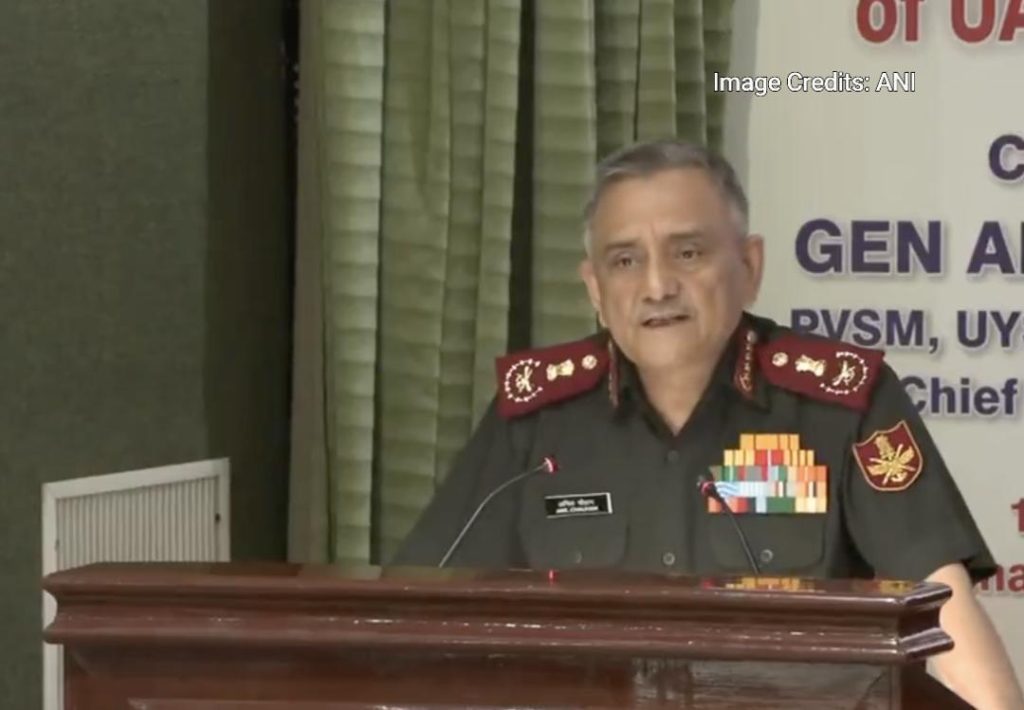
Pak used unarmed drones & loitering munitions: CDS Anil Chauhan
The recent conflict between India and Pakistan has sparked a lot of controversy and debate, with both sides exchanging accusations and counter-accusations. However, in a recent statement, Chief of Defence Staff (CDS) General Anil Chauhan shed some light on the nature of the attacks carried out by Pakistan.
According to General Chauhan, Pakistan used unarmed drones and loitering munitions during the conflict in May. Speaking to the media, he revealed that none of these drones and loitering munitions inflicted any damage to the Indian military or civil infrastructure. Instead, most of them were neutralized through kinetic and non-kinetic means.
Kinetic means refer to the use of physical force or violence to achieve a desired outcome, while non-kinetic means refer to the use of diplomacy, negotiation, or other forms of non-violent persuasion. In this context, General Chauhan’s statement suggests that the Indian military used a combination of both kinetic and non-kinetic means to neutralize the Pakistani drones and loitering munitions.
It’s worth noting that loitering munitions are a type of weapon that is designed to remain in the air for an extended period of time, often hovering or circling above a target area. They are usually equipped with sensors and guidance systems that allow them to detect and engage targets, and are often used in precision strikes.
The use of unarmed drones and loitering munitions by Pakistan raises some interesting questions. Why would Pakistan resort to using these types of weapons, which are often associated with precision strikes and surgical attacks? And how did the Indian military manage to neutralize them without causing any damage to its own forces or infrastructure?
One possible explanation is that Pakistan was trying to test the Indian military’s defenses and capabilities. By launching a large number of unarmed drones and loitering munitions, Pakistan may have been trying to overwhelm the Indian military and see how it responds.
Another possibility is that Pakistan was trying to create a diversion or distraction, in order to draw attention away from its own military operations or to disrupt Indian military planning. By launching a large number of drones and loitering munitions, Pakistan may have been trying to create a sense of chaos and confusion, and to make it difficult for the Indian military to respond effectively.
It’s also possible that Pakistan was simply trying to demonstrate its military capabilities and to show that it is capable of launching a large-scale attack on India. By launching a large number of unarmed drones and loitering munitions, Pakistan may have been trying to make a statement about its military prowess and to intimidate India.
In any case, General Chauhan’s statement highlights the complexity and sophistication of modern warfare. The use of unarmed drones and loitering munitions is a new and evolving trend in warfare, and it requires military forces to be highly adaptable and responsive.
The Indian military’s ability to neutralize the Pakistani drones and loitering munitions without causing any damage to its own forces or infrastructure is a testament to its capabilities and preparedness. It also highlights the importance of investing in advanced military technology and equipment, and of developing new and innovative tactics and strategies.
In conclusion, the recent conflict between India and Pakistan has highlighted the importance of advanced military technology and equipment, as well as the need for military forces to be highly adaptable and responsive. The use of unarmed drones and loitering munitions by Pakistan raises some interesting questions, and highlights the complexity and sophistication of modern warfare. As the situation continues to unfold, it will be interesting to see how the Indian military responds to these new challenges.






